Across the United States, suburban communities are becoming more diverse, reflecting a growing trend where families from different cultural backgrounds are settling outside major metropolitan areas. This shift is reshaping suburban landscapes, bringing new businesses, cultural institutions, and a vibrant mix of traditions to areas that were once considered homogeneous. As housing costs rise in urban centers, many multicultural communities are finding affordability, space, and opportunity in the suburbs. Here are five states where multicultural suburbs are flourishing and redefining American suburban life.
1. Texas – A Hub for Diverse Communities
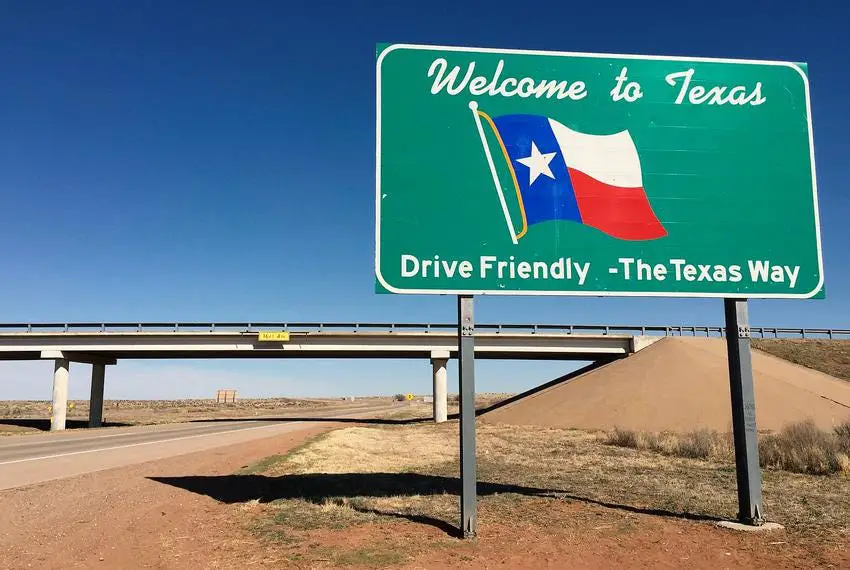
Texas has long been a state of migration, attracting people from all over the world due to its booming job market, affordable housing, and no state income tax. Cities like Houston, Dallas, and Austin have well-established multicultural populations, but it’s the suburbs that are seeing remarkable growth. Places like Sugar Land, Plano, and Pearland have become home to large Asian, Latino, and African communities, creating a rich cultural blend.
Sugar Land, for example, has a thriving Indian and Chinese population, reflected in its temples, specialty grocery stores, and festivals like Diwali celebrations. Meanwhile, suburbs near Dallas, such as Irving, have seen a surge in Middle Eastern and African immigrants who have opened businesses and cultural centers. This influx of diversity is shaping Texas’ suburban landscape into a more inclusive and globally connected environment.
2. Georgia – Expanding Diversity Beyond Atlanta
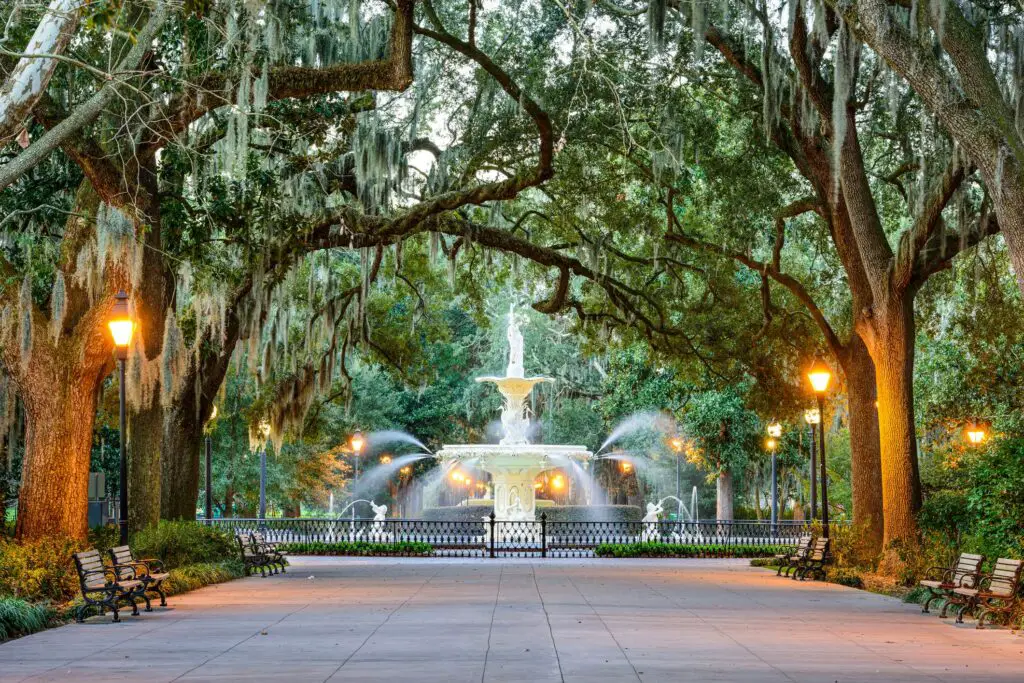
Atlanta has long been a melting pot, but now, its surrounding suburbs are experiencing the same demographic shifts. Cities like Duluth, Lawrenceville, and Morrow have become home to a significant number of Asian and Latino families, bringing international restaurants, markets, and places of worship to the area. The affordability of suburban housing combined with Georgia’s strong economy has made these areas particularly attractive.
Duluth, in particular, has a thriving Korean community, with Buford Highway offering some of the most authentic Korean food in the country. Lawrenceville, on the other hand, has welcomed an increasing number of Latino and African immigrant families, who have contributed to the local economy through small businesses and community-driven events. These suburbs are proving that diversity isn’t limited to city centers—it’s flourishing in the heart of Georgia’s suburban areas as well.
3. New Jersey – A Gateway to Multicultural Growth
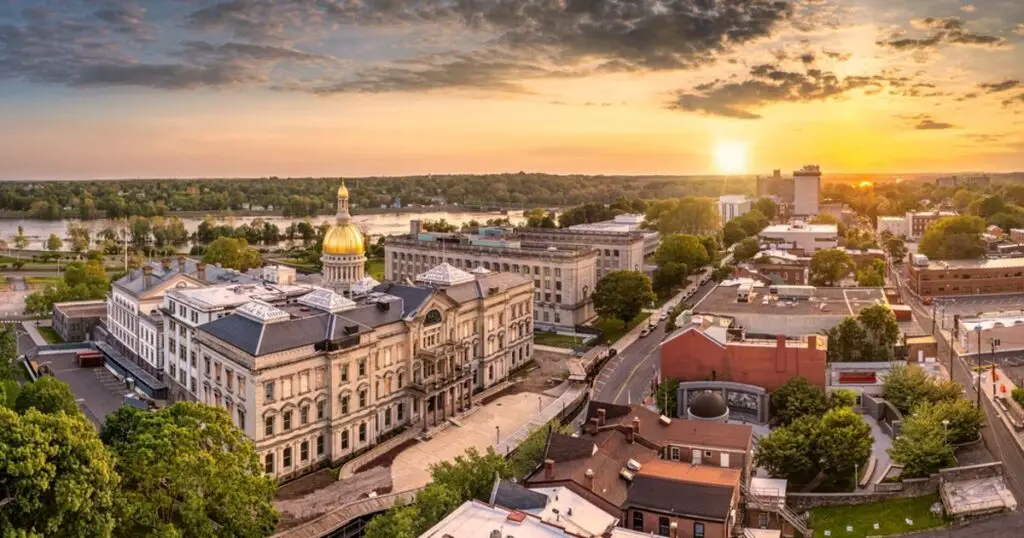
New Jersey’s proximity to New York City has always made it a hotspot for diverse communities, but now, suburbs like Edison, Jersey City, and Cherry Hill are seeing an even greater multicultural expansion. Edison, for instance, has one of the largest Indian populations in the country, with entire neighborhoods reflecting the influence of South Asian culture through grocery stores, temples, and business hubs.
Jersey City, although urban, has many suburban-like neighborhoods that have drawn Latino, Middle Eastern, and Filipino communities looking for more space while staying close to economic opportunities. Cherry Hill, near Philadelphia, has also experienced growth in its Chinese and Jewish populations, with cultural festivals and specialty stores becoming increasingly common. New Jersey’s suburbs are proving to be just as diverse—if not more so—than some of the major cities they border.
4. Illinois – The Changing Face of Chicago’s Suburbs
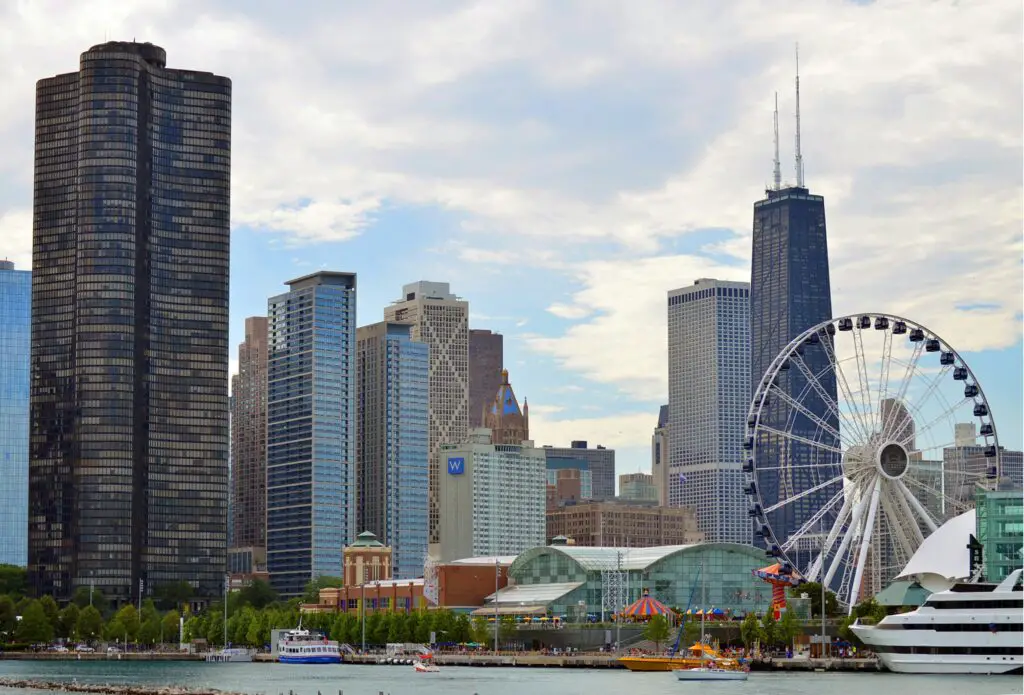
While Chicago remains a cultural powerhouse, many of its diverse populations are settling in nearby suburbs such as Naperville, Skokie, and Bolingbrook. These communities have attracted immigrants from South Asia, Eastern Europe, and Latin America, creating a dynamic and evolving suburban environment. Naperville, for example, has a growing Indian and Pakistani population, leading to an increase in cultural festivals, restaurants, and religious centers.
Skokie has long been known as a multicultural hub, historically home to large Jewish and Asian communities. Today, it continues to welcome immigrant families seeking good schools, safety, and affordable homeownership options. Bolingbrook, with its rising Latino and African populations, has also become a suburban haven where cultural diversity is embraced through local businesses and community-led events.
5. California – A Model of Multicultural Suburbia
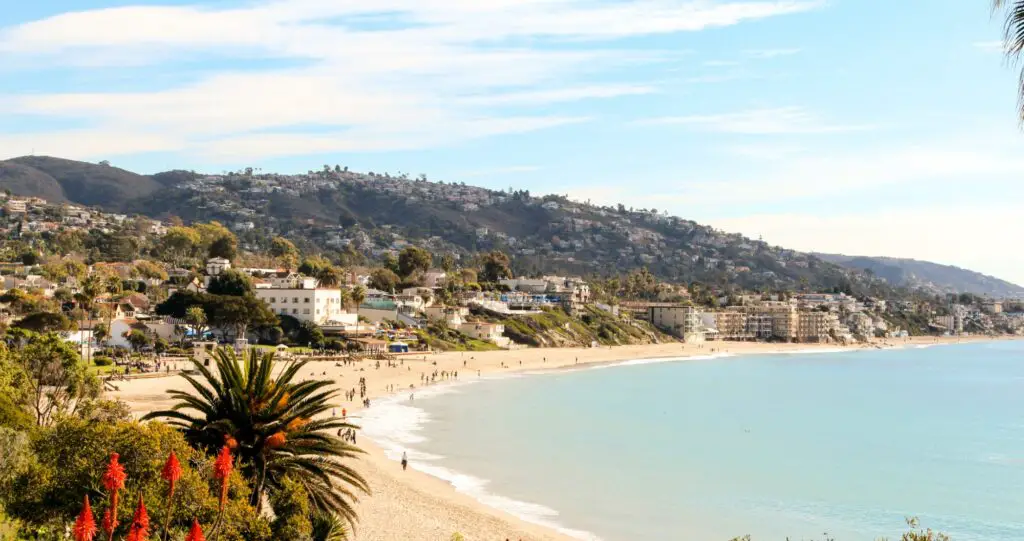
California has always been a state of diversity, but now, its suburbs are at the forefront of multicultural growth. Cities like Fremont, Irvine, and Elk Grove are experiencing rapid demographic changes, with an influx of Asian, Latino, and African communities. Fremont, located in the Bay Area, has one of the largest Afghan and Indian populations in the country, with entire districts dedicated to South Asian and Middle Eastern cultures.
Irvine, in Southern California, has seen a rise in Chinese, Korean, and Persian populations, leading to an explosion of international businesses, cultural festivals, and language immersion programs. Meanwhile, Elk Grove, near Sacramento, has developed into a major suburban center for Filipino and Latino communities, with tight-knit neighborhoods that celebrate their cultural roots. California’s suburbs are not just growing—they are setting a precedent for how multicultural communities can thrive outside traditional urban centers.
